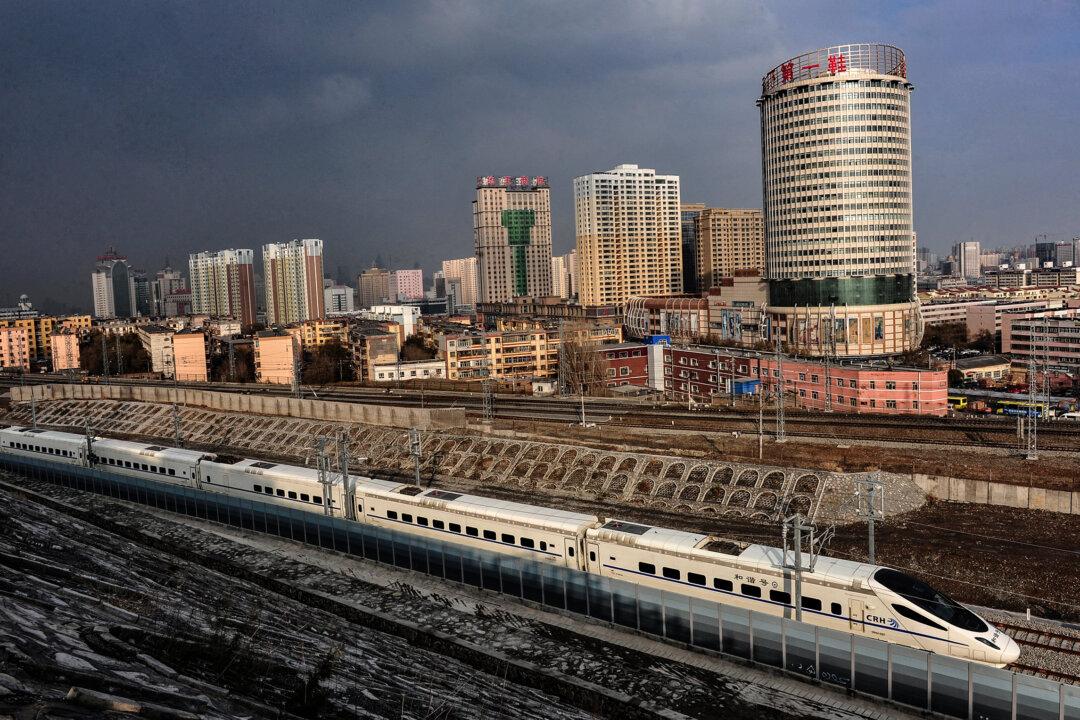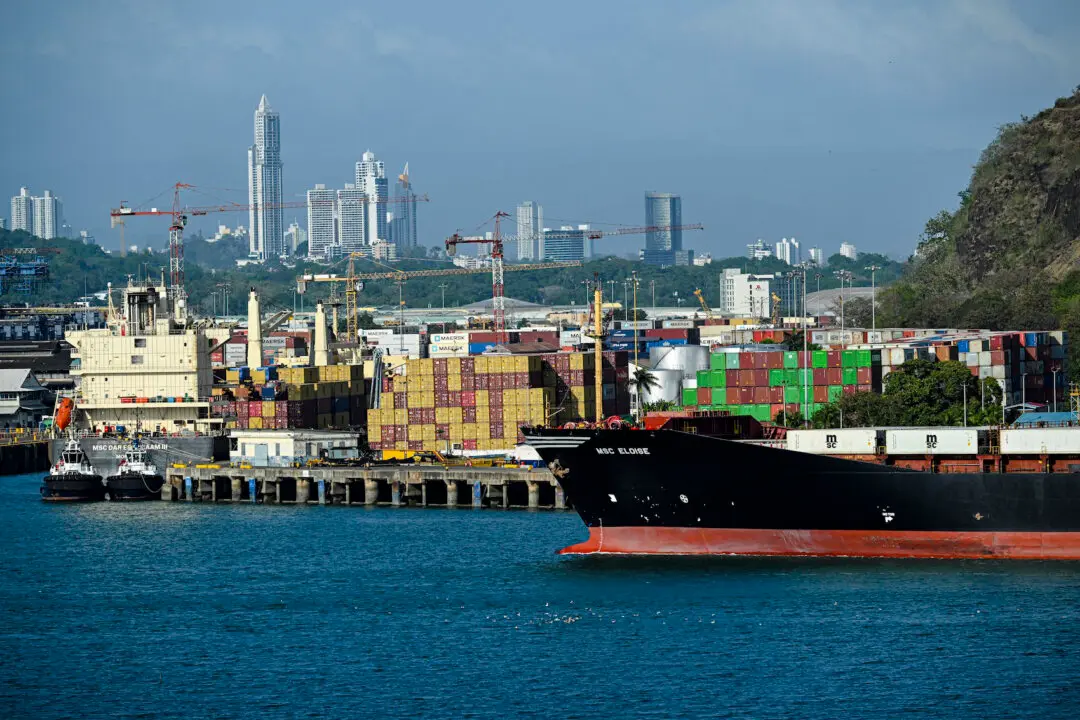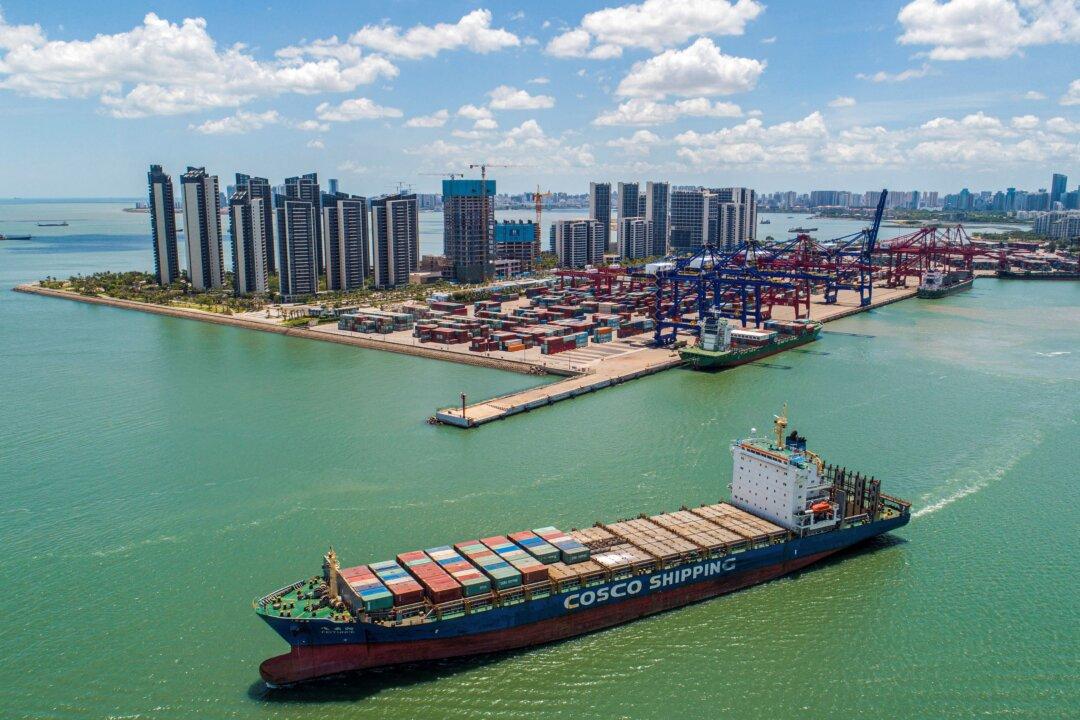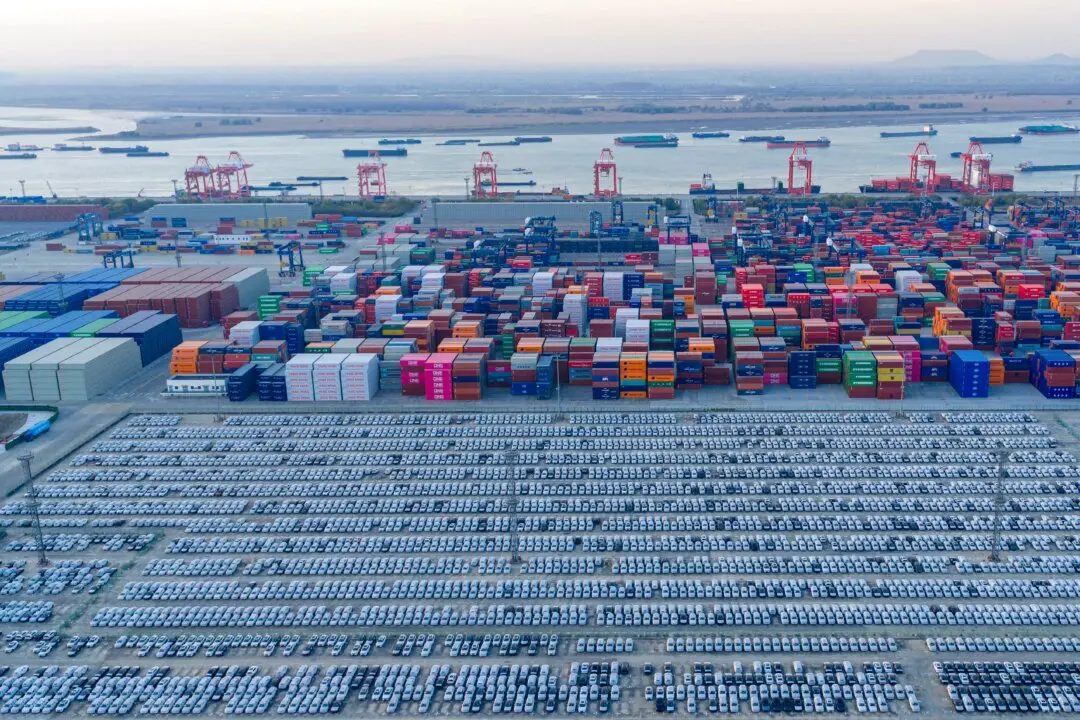Chinese media has revealed that in recent years, the rapid expansion of high-speed, long-distance rail lines in China has led to high idle capacity, resulting in an increasing number of expensive station shutdowns. The report questioned who should be held responsible for the significant and ineffective investment.
China Business Journal reported on May 21 that at least 26 high-speed rail stations in China are barely being used because of their remote locations and insufficient surrounding facilities.




